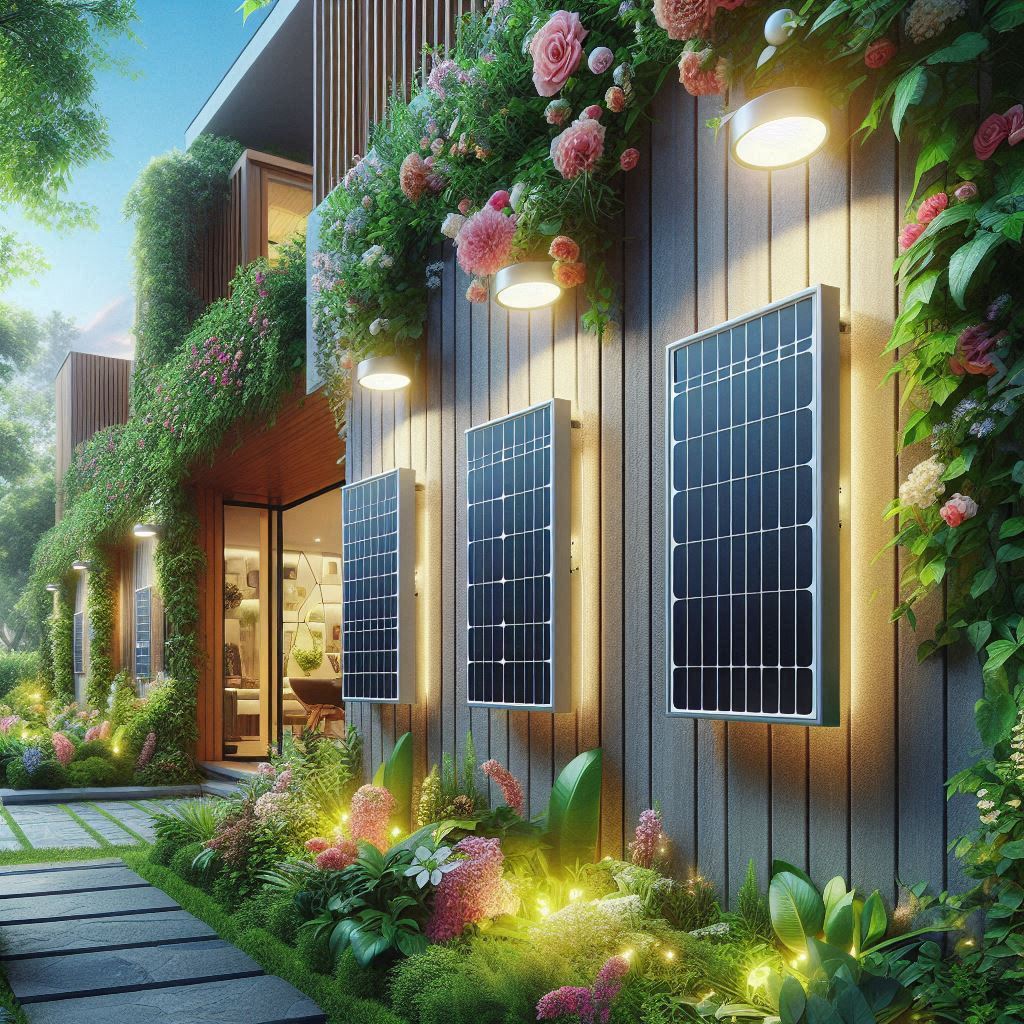In an era where energy efficiency and sustainability are paramount, self-sustaining wall lights have emerged as an innovative solution for modern lighting. These lights operate independently without relying on external power sources, making them an excellent choice for both indoor and outdoor applications. Whether for eco-conscious homeowners or those seeking off-grid lighting solutions, self-sustaining wall lights provide reliability, cost savings, and environmental benefits.
How Do Self-Sustaining Wall Lights Work?
Self-sustaining wall lights generate and store their own power, eliminating the need for traditional electricity. They typically use renewable energy sources, advanced battery storage, and smart technologies to provide uninterrupted lighting. Some of the key components that enable self-sufficiency include:
· Solar Panels: Many self-sustaining wall lights incorporate solar technology, absorbing sunlight during the day and storing energy for nighttime use.
· Kinetic Energy Mechanisms: Some models harness movement-based energy, such as vibrations or pressure-sensitive activation, to generate power.
· Thermoelectric Generators: Utilizing temperature differences, these lights convert heat into electricity, making them efficient in diverse environments.
· Battery Storage: High-capacity rechargeable batteries, such as lithium-ion or graphene-based storage systems, ensure consistent lighting, even in low-energy conditions.
Variations in Self-Sustaining Wall Lights
The evolution of self-sustaining wall lights has led to a variety of designs, each catering to specific needs and environments. Here are some notable variations:
1. Solar-Powered Wall Lights
· Ideal for outdoor spaces such as gardens, pathways, and security lighting.
· Available in motion-sensor models that activate when movement is detected.
· Some designs integrate with smart home systems for remote control and automation.
2. Motion-Activated Kinetic Wall Lights
· Generate energy through physical movement, such as foot traffic or door vibrations.
· Commonly used in high-traffic areas where constant movement provides a sustainable power source.
· Useful for staircases, hallways, and entryways.
3. Glow-in-the-Dark and Photoluminescent Wall Lights
· Absorb natural or artificial light and emit a soft glow in darkness.
· Do not require electricity, making them a cost-effective solution for emergency lighting.
· Often used for decorative purposes and safety markings in commercial buildings.
4. Wind-Powered Wall Lights
· Utilize small turbines to harness wind energy for lighting.
· Best suited for outdoor locations with consistent airflow, such as coastal areas or high-rise buildings.
· Often combined with solar power for increased efficiency.
5. Thermoelectric Wall Lights
· Generate power from temperature variations between indoor and outdoor environments.
· Ideal for climates with extreme temperature fluctuations.
· Used in industrial spaces, greenhouses, and energy-conscious homes.
Benefits of Self-Sustaining Wall Lights
· Energy Efficiency: By utilizing renewable energy, these lights reduce electricity consumption and lower utility bills.
· Eco-Friendly: They help decrease carbon footprints by reducing reliance on fossil fuels.
· Cost-Effective: Minimal maintenance and no electrical wiring reduce long-term costs.
· Reliable in Emergencies: Function even during power outages, ensuring safety and security.
· Versatile and Stylish: Available in various designs to complement different architectural styles.
Conclusion
Self-sustaining wall lights are revolutionizing the way we illuminate spaces by combining energy independence with sustainability. With multiple variations available, they cater to different needs, from solar-powered security lights to thermoelectric solutions for extreme climates. As technology advances, these lighting solutions will continue to become more efficient, making them a vital part of smart and sustainable living.
Would you consider integrating self-sustaining wall lights into your home or business? Let us know how you’d use them!

